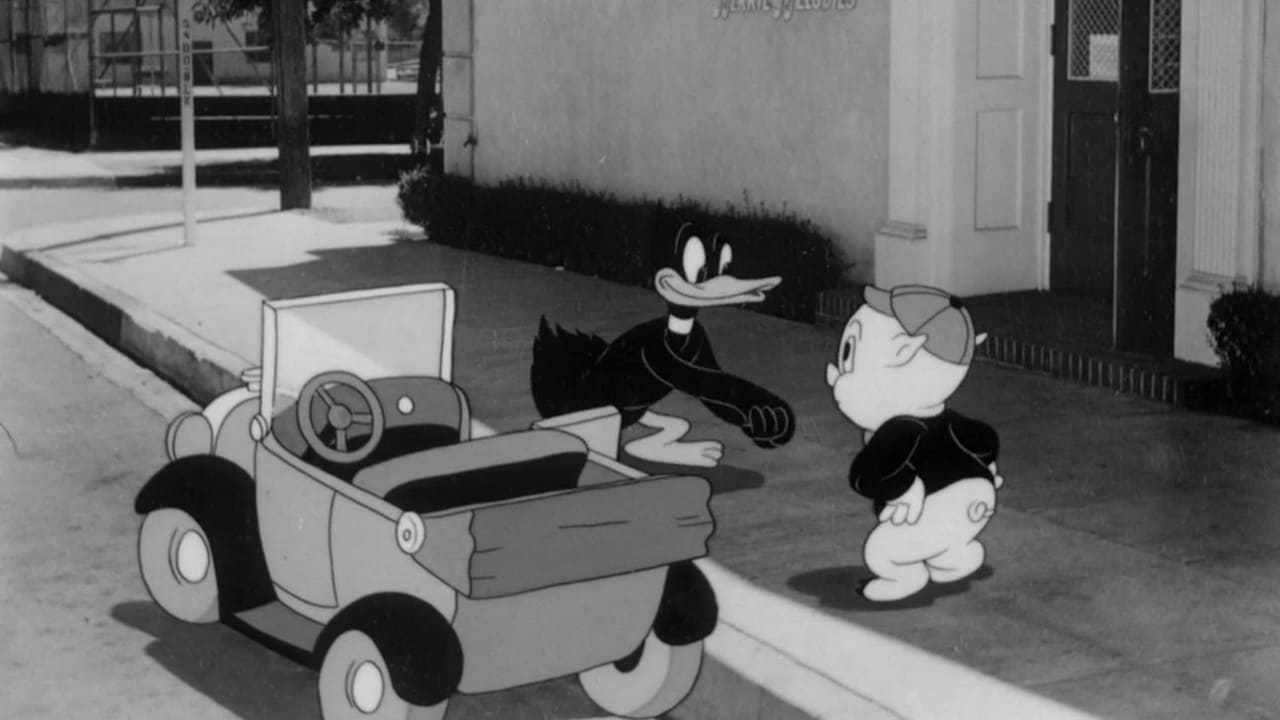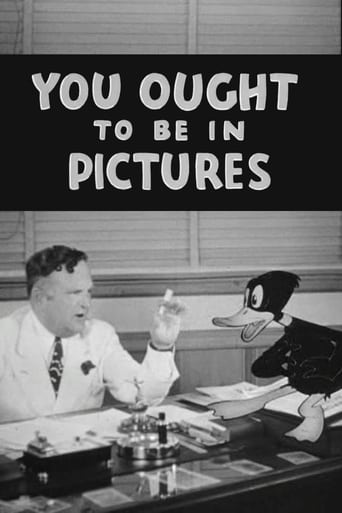



What a waste of my time!!!
Good concept, poorly executed.
It really made me laugh, but for some moments I was tearing up because I could relate so much.
View MoreIf you're interested in the topic at hand, you should just watch it and judge yourself because the reviews have gone very biased by people that didn't even watch it and just hate (or love) the creator. I liked it, it was well written, narrated, and directed and it was about a topic that interests me.
View More. . . more Real. From HER to EX MACHINA, film history is full of one- or two-dimensional screen personalities yearning to strut around in full 3D. (A few actually made the difficult transition, such as John Wayne, who phased from eight flicks as "Stony Brooke, the Cowboy with a Magical Horse" to a fully-functional Horse's Rear.) In Warner Bros.' animated short YOU OUGHT TO BE IN PICTURES, Daffy Duck prods Porky Pig to ask Real Life Looney Tunes Producer Leon Schlesinger, who plays himself, "What's Errol Flynn got that I Ain't got?" When this cartoon first came out, many answers to that question sprang to the tips of viewers' tongues (and not all of them were G-rated). Cartoon physics prove a tougher nut to crack than Quantum String Theory, full of brain-twisting conundrums. Though one of Porky's sneezes proves stronger than any Real Life "Achoo!", it's no problem for studio bouncers to toss the wayward porker around (car and all, when necessary). Though Daffy Duck has the versatility here of any framed portrait at Hogwarts, as of this writing there's been no word of Warner Bros. suing J.K. Rowling for copyright infringement (something that Disney certain would, in a similar position).
View MoreThis is a really cool cartoon. It begins with Daffy trying to convince Porky that he's too good to remain with Looney Tunes and he should try for bigger things! So, Porky walks out of the cartoon and into real life--similar to what you later saw in WHO FRAMED ROGER RABBIT. Porky first goes to Looney Tunes chief, Leon Schlessinger, and asks if he can have his contract. Mr. Schlessinger agrees and Porky is now a free agent. However, he finds that life outside of cartoons is a lot tougher than he thought and he finally returns to Mr. Schlessinger to beg for his job back! This cartoon is so inventive and shows so much behind the scenes material that it is a must for old movie buffs. A delightful film and way ahead of its time.
View MoreDirected by Friz Freleng and starring Porky Pig & Daffy Duck, "You Ought to Be in Pictures" is quite an exceptional Warner Bros. cartoon. Amidst real-life settings and flesh-and-blood people, the selfish Daffy persuades the shy Porky to get out of cartoons and enter into big-budget features. The Porky that we see in this live-action cartoon is the Porky that I really like; he is sweet, shy, honest, kindhearted, friendly, hard-working, and earnest. In other words, he has all the human characteristics that I admire.Highlights: At the opening of this short, we hear a wonderfully orchestrated version of the popular song "You Oughta Be in Pictures" as all of the cartoon staff at Warner Bros. arrive for "work." Porky has a run-in with a studio guard (played by writer Michael Maltese, with Mel Blanc's voice dubbed in) and later disguises himself as Oliver Hardy in order to try to get past the guard. Daffy tries to prove to producer Leon Schlesinger that he is a much better performer than Porky is; he sings and dances up a storm while Leon pays no attention. And Porky demonstrates his earnestness most effectively when he persuades Leon to let him out of his cartoon contract so that he may try his hand at features.To summarize, "You Ought to Be in Pictures" is quite superb for a Warner Bros. cartoon. Lovable Porky and obnoxious Daffy get to interact humorously with live-action people, and as a result, this black-and-white cartoon is simply a gem. Don't miss it!
View MoreOn the urging of Daffy Duck (who has ulterior motives), Porky Pig decides to quit the business of making animated shorts to pursue live action movie roles in this curiosity of a short from 1940 that blends animation and live action. Only worth seeing for the sheer novelty of the experimental blending, this short isn't that humorous and the acting of the guard in particular is way too over the top. But as it is, t's still better than the awful "Space Jam" that did the same thing, but WAY worse in every way. This animated short can be seen on Disc 4 of the Looney Tunes Golden Collection Volume 2 and also features an optional commentary by Jerry Beck.My Grade: C+
View More